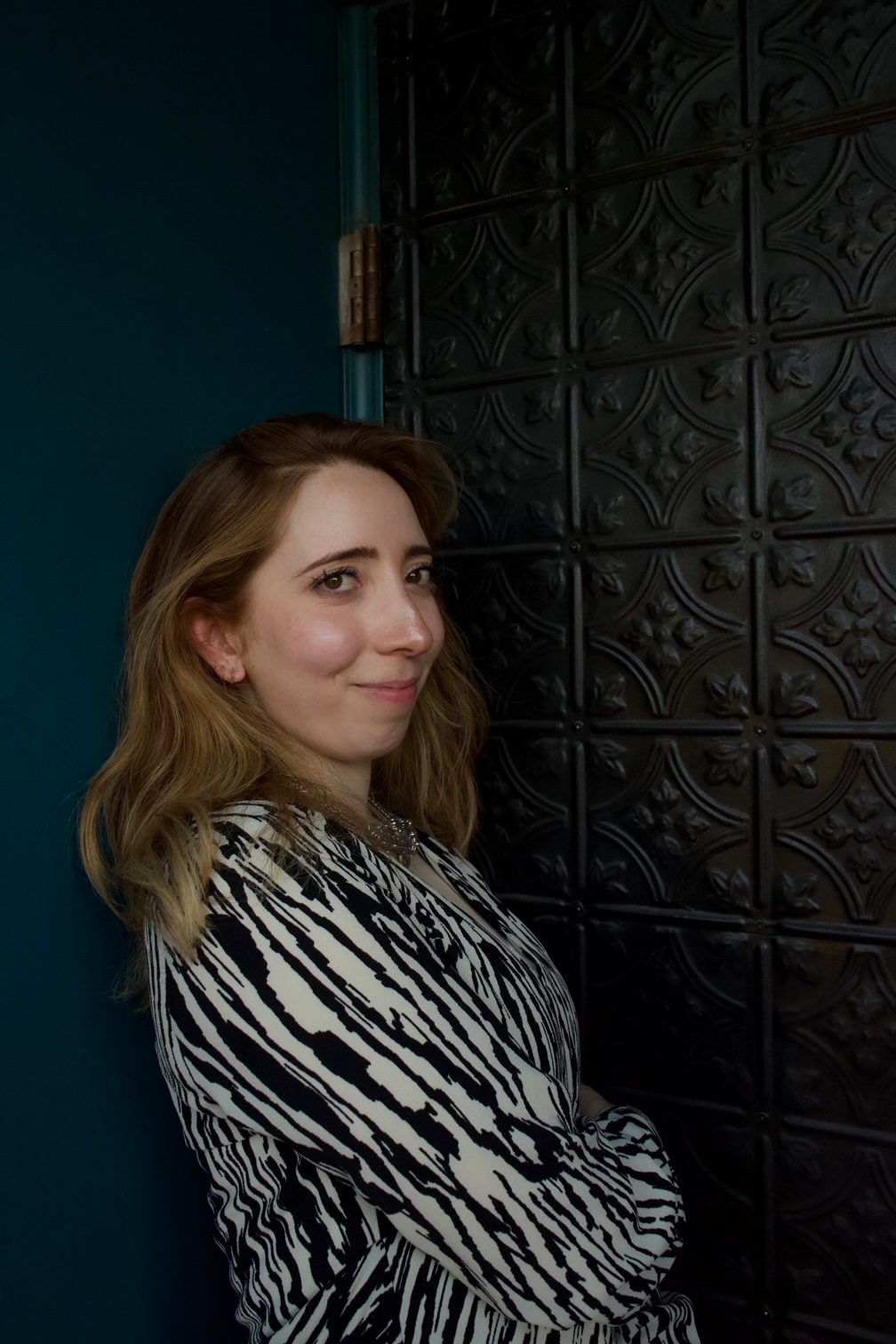Interview with patmutyun
Girl A is telling a story to Girl B about her brother, found beaten and
tied to a tree. How she tried to wash his body in the river behind her
house.
Girl B interrupts, says she thought Girl A lived beside a wheat field and
that her brother was shot. Her father was the one beaten, tied to a tree by
the mouth of koulou.
Girl A retells a story to Girl B about her brother. How she found him shot,
tried to wash his body with the well water she transported across a wheat field.
Somewhere a father was tied to a tree and beaten to death.
Somewhere a mouth kissed the rivers shut.
Girl B redoubles the paper, licks it shut. Outside, reeds rise in rows like
lips of duduk skyscrapers. Girl B says she thought she had already been
deported from her home by the time the brother was dying.
Girl A maintains the story of Girl B about a brother, a father, a tree, and
a kiss. The story became the thirst for a story, while the river watched.
Both of the girls’ lips addressed and sealed themselves to thirst. Their
lips ran towards thirst like a river running to be unkissed. Girl B asked
thirst to bless her with a body that knows what it is to jump into a well.
In the end, thirst agrees to kiss the girls inside the costume of
orphanhood.
Girl A refuses, wondering if it was really her brother. She runs towards a
man’s body along a caravan of bodies and washes it with her hands, so
the story goes.
So the story is going and Girl B wears Girl A like well water. The next
time Girl A washes her hands, Girl B thinks of a wheat field and a man
whose body she has never touched.
Girl A interrupts Girl B, washes her clean. Thirst wears the costume of a
river and the river wears the costume of an orphan. See what you made
me witness? they say, accusing each other of making up the same story.
And so the story is going, kissing everyone on its way.
Note: Patmutyun is the Armenian word for both history and story.
By the well of koulou

Dear [ ], whatever you are looking for it is not [ ]





